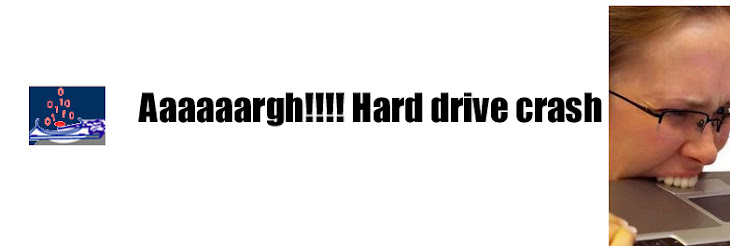Below are illustrations of the various RAID Drives.
1.Disk Mirroring

This is also known as Raid 1. In Raid 1, a protective measure is undertaken. Hard drive partitions are mirrored where data is written on to two separate physical hard drives
While handling data, many factors can lead to data loss. For instance, if a power surge occurs, it may damage the disk causing a physical failure. A virus may at one time attack your data causing logical failure that may demand you to format your disk.
What ever it may be, with Raid 1 in an event where on drive is damaged the system will still continue working using the remaining hard drive until you replace the broken or crashed hard disk. The hard drive may probably require a data recovery procedure or a replacement of any damaged components. It is obvious that after the problem has been fixed by a data recovery expert you'll have to remirror the system again.
2. Disk Duplexing (RAID 1)
In disk mirroring, hard disks are viewed as a single point of failure. Note that is this situation only one hard disk controller card is used. If in a situation where the hard disk controller fails the original and the mirrored hard drives will automatically contain corrupt data.
Introducing disk duplexing, we try to solve this problem by using two controller cards. I suppose you agree that this is a much more preferable manner of performing your mirroring. If your hard drive happens to fail due to human error, or accidental formatting or even if one controller fails.
The system will be in a position to continue functioning with the remaining disk until you replace the disk with the failure. This facilitates the continuity of whatever you may be doing. It is more similar to a rescue strategy a spare wheel to say.
The figure tries to illustrate more clearly.

When performing mirroring or disk duplexing it is very important you use SCSI and not IDE or EIDE.
3. Disk Stripping (RAID 0)
If you are looking for the fastest way to set up your drives, then disk stripping is what you looking for.Stripe sets are run vertically across two or more physical drives. This allows more drives to participate in writing and reading data.
Stripe sets write in 64KB blocks of data and then move to the next drive for next block of data

Did you know that if a drive in the stripe set fails none of the data will be usable in the stripe? A more protective measure can be applied to ensure no data loss may occur.
4. Disk Striping with Parity (RAID 5)
To set up a RAID 5, you require at least three physical drives. Strip and parity combines’ speed and data protection (redundancy) but still not fast as compared to plain striped drive. The system computes and stores parity or check bit that can be used to recover the data incase one of the drives fails or happens to loose data.

Single hard drive failure on a striped-with-parity drive

In the diagram Drive 2 has failed. The system can reconstruct hard drive 2 in memory by using the parity bits spread across the remaining drives in the array.
Reconstruting the lost drive

5. Mirroring a Striped Drive Array (RAID 0+1)
As we have seen RAID 0 lucks fault tolerance. By combing striped drive array and then mirroring this will provide you with speed and fault tolerance. It is usually expensive but still remains the fastest fault tolerant solution.
If the system fails, the RAID can be recovered.

Raid Recovery is the first tool to automatically detect the type of the original RAID array while still allowing for fully manual operation. Raid Recovery is no doubt a highly valuable tool for users of all types of RAID arrays, whether hardware, native, or software.
ReplyDeleteRaid Recovery is the tool which automatically detect the type of the original RAID array while still allowing for fully manual operation. one of my friend use raid recovery service to recover his corrupted data.He got all hi data recovered.
ReplyDelete